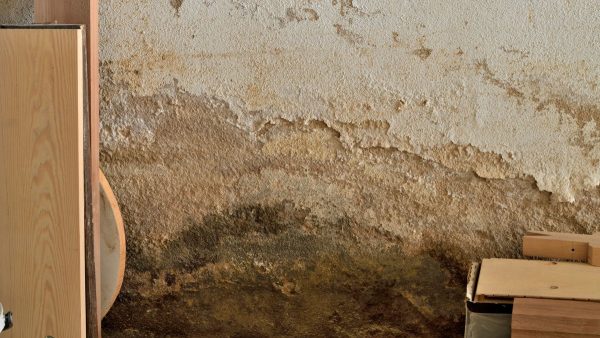Mastering EIFS installation and maintenance

When it comes to ensuring energy efficiency and durability in building exteriors, mastering the installation and maintenance of the Exterior Insulation and Finish System (EIFS) is essential. At JKI Restoration, we understand that a proper EIFS application is not just about following steps—it’s about precision, attention to detail, and understanding each layer.
Let’s walk through the comprehensive steps to install EIFS and maintain it effectively.
Understanding EIFS
EIFS, or Exterior Insulation and Finish System, is a highly effective cladding technique designed to insulate and protect buildings. It reduces energy costs by providing superior insulation and prevents moisture buildup, which could compromise the system’s integrity. This multi-layered system begins inside the building and extends outward, creating a robust barrier against external elements.
Steps to proper EIFS installation
- Preparing the Substrates: Before beginning the EIFS installation, ensure all surfaces are correctly prepared. EIFS can be applied over various substrates, including glass-mat gypsum sheathing, wood-based sheathing, plywood, oriented strand board (OSB), masonry, plaster, concrete, or stucco. The key is to prevent moisture accumulation or contamination within the system. A waterproof air barrier should be applied, and any damaged sheathing must be replaced.
- Back-wrapping with reinforcing mesh: The next step involves attaching a reinforcing mesh to the substrate using adhesive. This mesh will support the insulation board by “back-wrapping” around the board’s edges, ensuring stability and durability.
- Preparing the insulation or EPS board: The insulation board, often made of expanded polystyrene (EPS), should be cut precisely with a knife using a T-square. The minimum thickness for effective insulation is ¾-inch, but some codes allow up to 4 inches. During installation, eliminate gaps or thermal breaks between the boards to ensure seamless insulation.
- Adhesive application: Using a notched trowel, apply adhesive to the EPS board in a specific pattern of ribbons or lines. This method ensures a strong bond between the insulation board and the substrate.
- Installing the insulation boards: Place the insulation boards tightly together, avoiding gaps. After installation, inspect the boards for breaks or spaces. To maintain the system’s integrity, even the smallest gaps must be filled with insulating material.
- Rasping: Rasp the entire surface of the insulation boards with sandpaper to ensure they are level and smooth, providing a perfect base for the subsequent layers.
- Base coat and mesh application: Apply an EIMA-approved base coat to protect the insulation board from UV rays. Embed the reinforcing mesh into the base coat until it is no longer visible. If the mesh shows through, add more base coat for complete coverage. Allow it to dry before proceeding.
- Finish coating: The finish coat is applied directly over the base coat. This layer can be textured using various products and methods, including stucco, limestone, or other materials Sto offers.
- Floating or spraying textures: Add texture to the outer surface using specialized products or application methods to achieve the desired finish.
- Sealant application: Finally, a sealant should be applied to joints where the EPS boards meet other surfaces, such as doorframes or meter boxes. The sealant acts as a shock absorber, accommodating movement between different materials.
Maintenance tips for EIFS
Maintaining EIFS is crucial to its longevity and performance. Regular cleaning and inspection will ensure your EIFS remains in top condition.
Cleaning EIFS
Over time, EIFS can accumulate dirt, algae, and mildew. To clean it:
- Use a soft-bristled brush or a gentle pressure washer on its lowest setting.
- Avoid abrasive cleaners; use a specialized EIFS cleaner or mild detergent.
- Cool water is best for cleaning, as hot water can damage the finish.
- For stubborn stains, consult an expert to determine the best cleaning method.
Inspecting EIFS
Regular inspections are essential to identify any signs of damage. Look for cracks, holes, worn sealant, or damaged flashing. EIFS is highly resistant to cracking, but small surface cracks can still occur. These should be repaired promptly before refreshing the EIFS coating.
Inspecting and maintaining the flashing and sealing is vital to prevent water infiltration. Replace any damaged or missing flashing immediately, and repair or replace deteriorated sealants.
EIFS installation and maintenance require careful attention to detail and adherence to best practices. By following the steps outlined above, you can ensure a long-lasting, energy-efficient, and aesthetically pleasing exterior for your building. At JKI Restoration, we support you every step of the way, providing the expertise and quality materials you need to master EIFS installation and maintenance.
